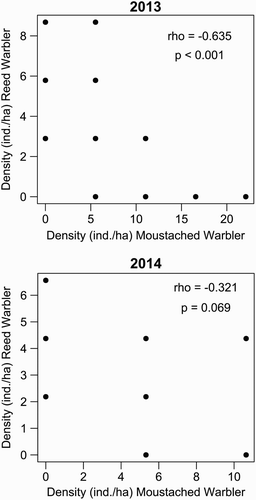Figures & data
Figure 1. Prey selection of (a) Moustached and (b) Reed Warblers during the 2012 breeding season according to Jacob’s index of selectivity (S). Asterisks mark the cases when the proportion of a prey type in diet and in the environment significantly differed according to Fisher’s exact test. Only the prey types represented in diet are shown; for the other categories S = −1 and Fisher’s exact test was never significant.
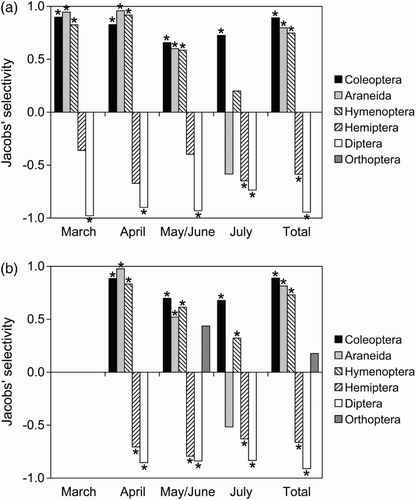
Figure 2. Diet specialization of Moustached (solid line) and Reed (dashed line) Warblers during the 2012 breeding season according to the Berger–Parker index of dominance (d).
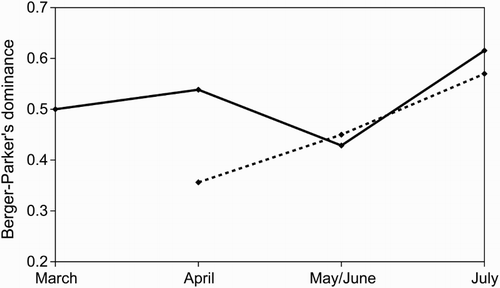
Table 1. Number of individuals and relative frequencies of the prey types in the food samples of Moustached (N = 44) and Reed (N = 48) Warblers collected during the 2012 breeding season. For Reed Warblers, we did not collect samples in March because this species was absent from the study area.
Figure 3. Weekly abundance of females with vascularized brood patches and young individuals of Moustached (MW) and Reed (RW) Warblers during the 2012 breeding season.
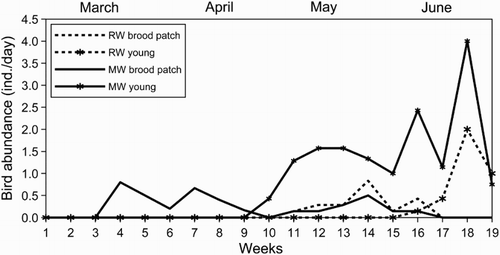
Figure 4. Abundance estimation of breeding pairs rearing nestlings of Moustached (MW) and Reed (RW) Warblers during the 2012 breeding season, calculated as the averaged abundance of females with evidently vascularized brood patches recorded in the previous 3 weeks, and food availability for the two species according to the WAI.
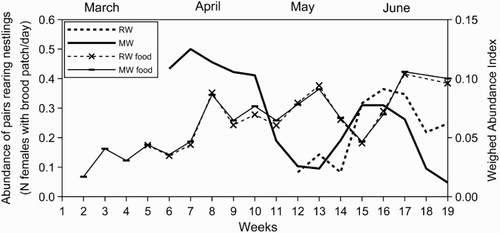
Figure 5. Weekly overall abundance of Moustached and Reed Warblers (RW + MW) during the 2012 breeding season (the solid line represents MA over 3 weeks), higher food demand periods of Moustached and Reed Warblers (light grey area and dark grey area, respectively) identified on the basis of brood patch data, and food availability for the two species according to the WAI.


